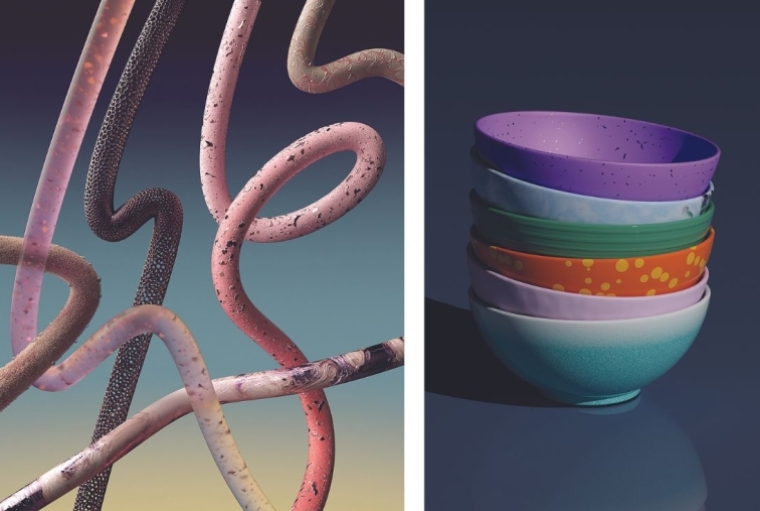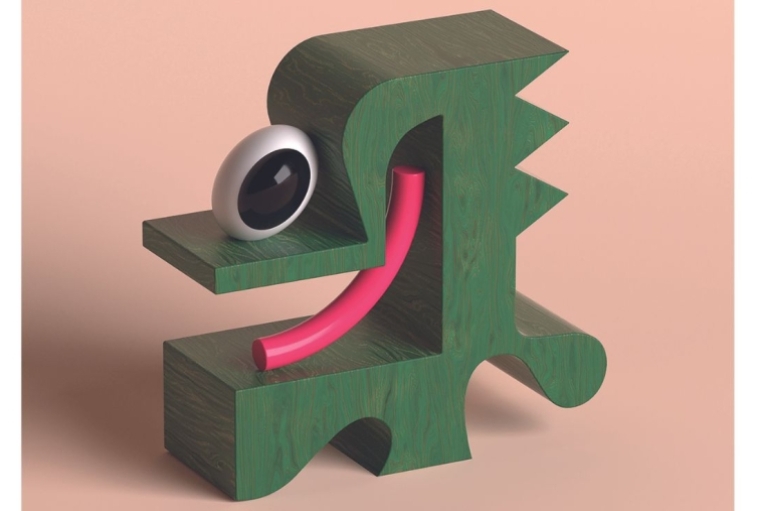

Visual designer, Rishabh Gandhi’s choice of working in the field of design stemmed from his dislike of commerce. Growing up, he had a penchant for the arts but was under the impression it would lead him to a life of destitution, which is why his line of study was chosen as the one he liked least. Contrary to the popular stereotypes that surround the world of art and design, Rishabh has managed to work with major studios all across the globe including BUCK and Clim Studio amongst others. He also co-founded the motion design studio, Rsquare with his friend, Raz Gadhiya.

When it comes to the creative’s own singular voice, he finds the thought of staying faithful to one style very limiting. ‘I like the fact that I can be style agnostic and work on multiple projects. When I’m hired, I’m hired for my visual problem-solving skills and I like the fact that I get to work with extremely varied clients/projects due to this. That being said, focusing on my own voice, my own way of doing things, is definitely something I want to consciously spend time on doing.’
A regular work day for Rishabh might also mean adhering to different time zones, considering he freelances for studios all across the world. Generally, it all begins with meetings first thing in the morning to determine the game plan for the day, along with taking and giving feedback for work done the previous day.

Inspiration takes different forms for the artist, ‘I love clicking pictures on the street as texture inspiration, ceramics, fine artists, cinematographers and so on. I see a lot of the work that I do as combining different mediums and approaches and I think that while pulling in inspiration, the more diverse the pool is, the more unique a touch I’d be able to add.’ Combining the same mundane features on Behance in order to come up with something new is what he believes adds the much-needed flair to his projects. Some of his go-to sources include a documentary and a book, Everything is a Remix by Kerby Ferguson and Steal Like an Artist by Austin Kleon, to get his creative juices flowing.
For commercial work, the creative process includes seeking inspiration right at the start, which then forms the basis for all forms of experimentation. ‘All the R&D which was undertaken in the initial phase is used as inspiration and as a building block for the project. Doing this, enables us to come up with fresh ideas and approaches.’
This is an all exclusive excerpt from our Bookazine. To read the entire article, grab your copy here.
Words Unnati Saini
Date 30.03.2024